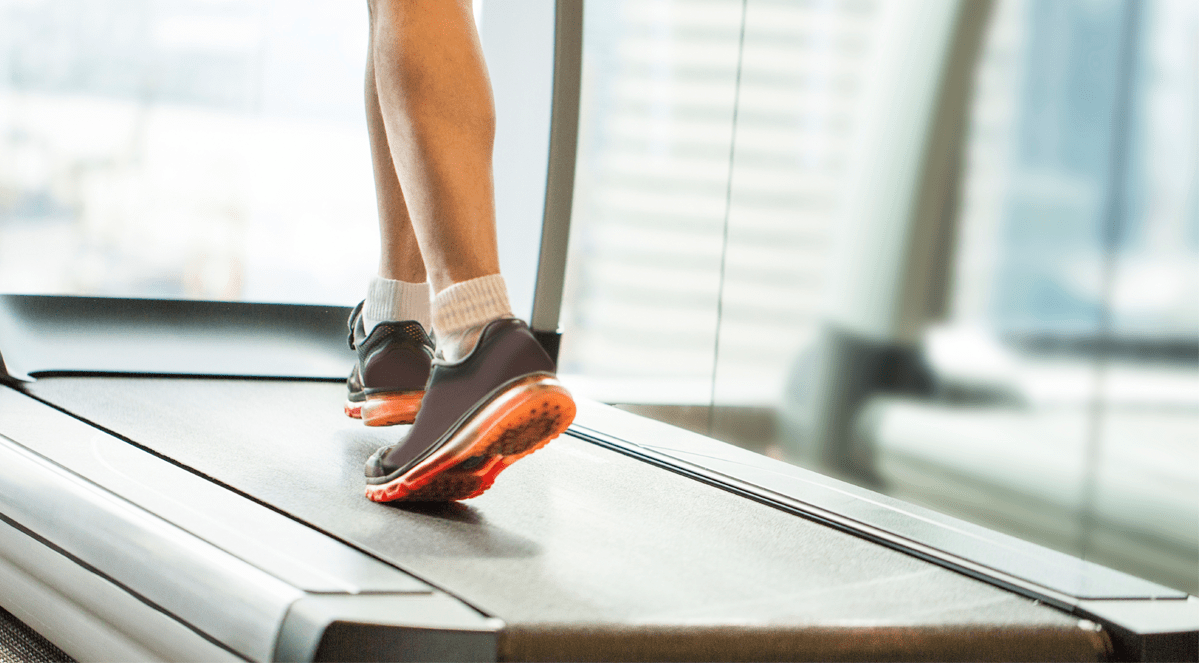Exercise stress tests are commonly used to determine if patients need invasive cardiac testing and to inform treatment decisions. Patients with abnormal electrocardiograms (EKG) findings during exercise or who develop symptoms suggestive of abnormal heart strain during tests are referred for angiography. Those with normal EKG readings and no alarming symptoms during exercise typically do not require further testing.
“Stress test results are currently interpreted as ‘either/or’ results, but we know that heart disease is not binary—it’s a continuum of disease,” explains Haitham M. Ahmed, MD, MPH. “Coronary heart disease starts at a young age and continues to progress over decades. It’s a mistake to wait until coronary blockages are severe enough to cause symptoms, a heart attack, or death. Several exercise-based risk scoring systems are already in use, but these often focus on patients with established heart disease or overt signs of cardiovascular trouble. It would be beneficial to find exercise stress test variables that are most helpful for estimating long-term cardiovascular risks earlier in the continuum.”
Quantifying Risk
For a study published in Mayo Clinic Proceedings, Dr. Ahmed and colleagues analyzed data from more than 58,000 exercise stress tests to determine which routinely collected variables most strongly correlate with survival. The authors then derived a fitness risk score, dubbed the FIT Treadmill Score, to predict 10-year survival. “We wanted to precisely quantify risk by age, gender, and fitness level, and with a simple equation that required no additional testing beyond the standard stress test,” says Dr. Ahmed.
According to the study, fitness level was the single most powerful predictor of death and survival, even after accounting for other important variables. “This finding underscores the profound importance of heart and lung fitness,” Dr. Ahmed says. Age, sex, peak metabolic equivalents of tasks, and the percentage of maximum predicted heart rate achieved were identified as being the most highly predictive of 10-year survival. Scores ranged from -200 to 200, with patients scoring above 0 having a higher 10-year survival than those in the negative range. Patients scoring 0 or higher had at least a 97% chance of surviving over the next 10 years.
Easily Applicable
“The FIT Treadmill Score was easy to calculate and costs nothing beyond the cost of the treadmill test itself,” says Dr. Ahmed. “The scores we collect reflect the complex nature of cardiovascular health and can offer important insights to clinicians and patients. Physicians can use this score as a meaningful way to illustrate risk among those who undergo cardiac stress testing. This may motivate patients with poor results to make changes to become more physically active.” Dr. Ahmed notes that the study team intends to roll out the FIT Treadmill Score to external populations to further validate their results.



 PWeekly
PWeekly